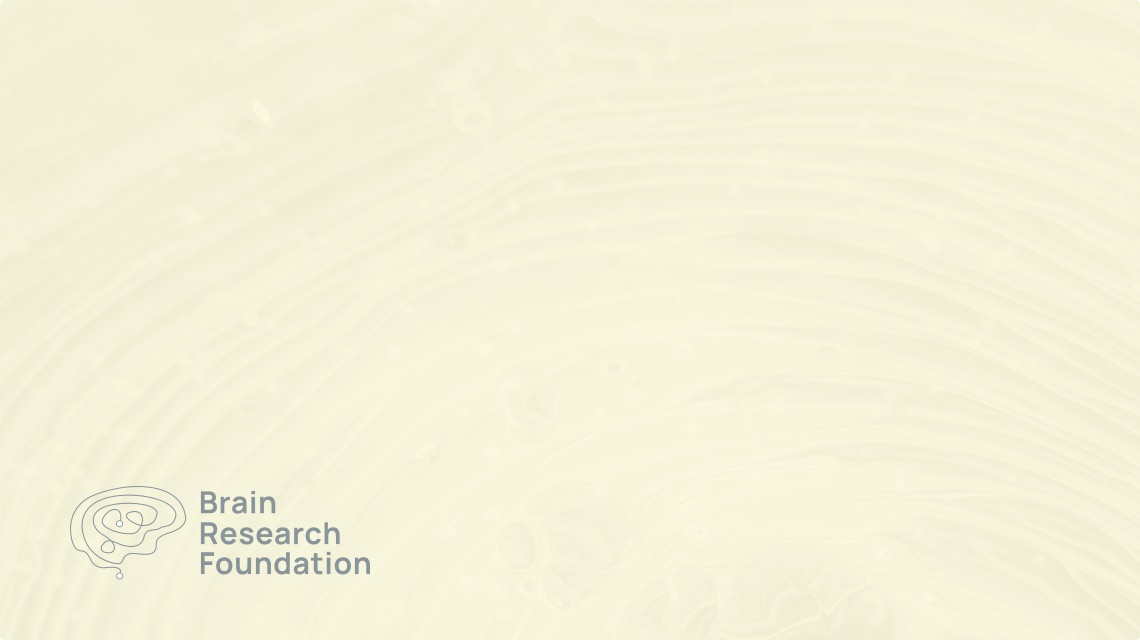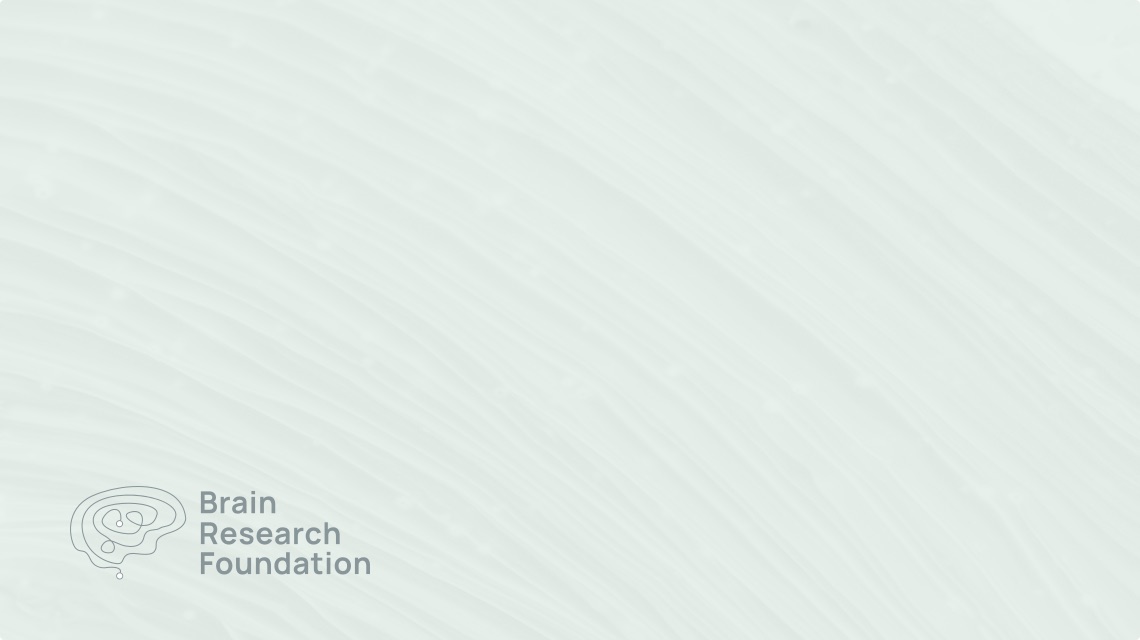
Humans and other advanced animals have an impressive capacity to learn and recognize the behavioral significance, or category membership, of a wide range of sensory stimuli. This ability, which is disrupted by a number of brain diseases and conditions such as Alzheimer’s disease, autism, schizophrenia, stroke, and attention deficit disorder, is critical because it allows us to respond appropriately to the continuous stream of stimuli and events that we encounter in our daily lives. Recently, we found evidence that the activity of neurons in the parietal and prefrontal cortices plays a role in encoding the learned significance, or category membership, of both spatial stimuli (such as motion patterns and spatial locations) and non-spatial visual stimuli (such as visual shapes). In prior studies, neuronal activity was examined only after weeks or months of behavioral training, once the category learning process was complete. Because of this, very little is known about the neuronal processes that underlie the learning process itself. With his 2012 Seed Grant, Dr. Freedman and his lab will build on the foundation of their recent work in order to understand the relative roles of parietal and prefrontal cortices in visual category learning. This will provide highly novel insights into how learning shapes neuronal representations in these interconnected brain areas, and how these learned neural representations facilitate the long-term storage and recall of learned information.
While much is known about how the brain processes simple sensory features (such as color, orientation, and direction of motion), much less is known about how the brain learns and represents the meaning, or category, of real-world stimuli which are often composed of multiple and distinct visual features. A greater understanding of this process is critical for addressing a number of brain diseases and conditions (e.g. stroke, Alzheimer’s disease, attention deficit disorder, and schizophrenia) that leave patients impaired in everyday tasks that require visual learning, recognition and/or evaluating and responding appropriately to incoming sensory information. The long term goal of Dr. Freedman’s research is to help guide the next generation of treatments for these brain-based diseases and disorders by developing a detailed understanding of the brain mechanisms that underlie learning, memory and recognition.



